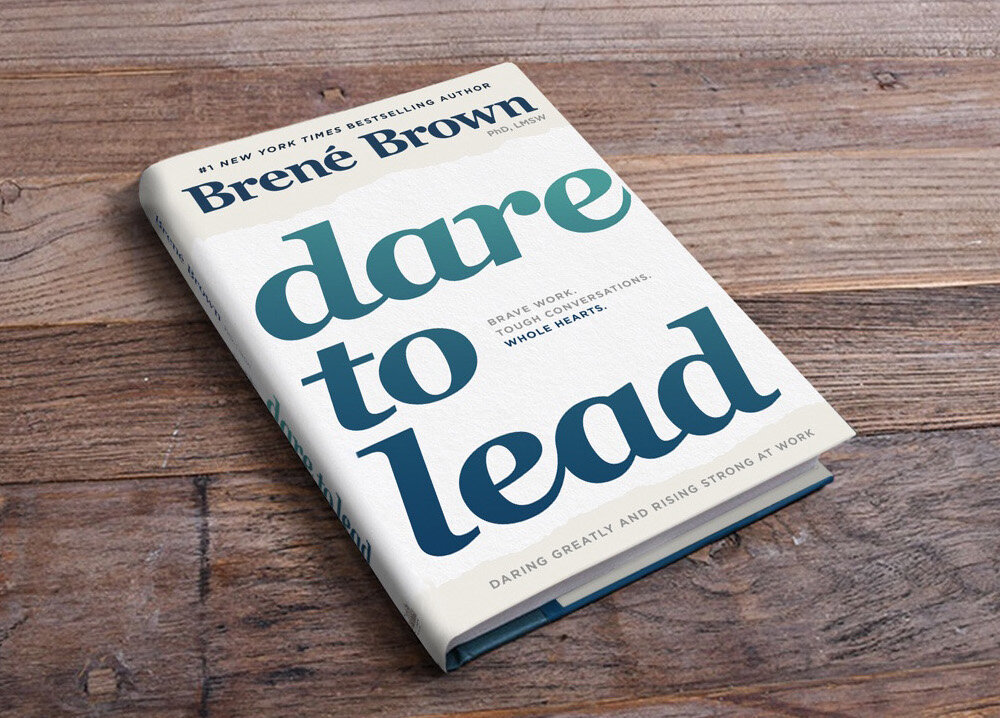Leadership Book Study: Dare to Lead
About the Book
If you would like to read along with UDLC leadership, we recommend that you order from Uncle Bobbie’s Bookstore based in Mt. Airy. It is also available on Amazon and other local booksellers.
“Leadership is not about titles or the corner office. It’s about the willingness to step up, put yourself out there, and lean into courage. The world is desperate for braver leaders. It’s time for all of us to step up.”
From Brene: “I’ve spent twenty years studying courage, vulnerability, shame, and empathy, and I recently completed a seven-year study on brave leadership. The goal of Dare to Lead is to share everything we’ve learned about taking off the armor and showing up as leaders in a skills-based and actionable playbook. Here are a few of the big ideas that emerged from this research:
01.YOU CAN’T GET TO COURAGE WITHOUT RUMBLING WITH VULNERABILITY. EMBRACE THE SUCK.
Daring leadership is a collection of four skill sets that are 100% teachable, observable, and measurable. The foundational skill set of courage-building is “rumbling with vulnerability.” Once we have built these rumbling skills, we can move on to the other three skill sets: Living into Our Values, Braving Trust, and Learning to Rise. Our ability to be daring leaders will never be greater than our capacity for vulnerability.
02.SELF-AWARENESS AND SELF-LOVE MATTER. WHO WE ARE IS HOW WE LEAD.
The greatest barrier to courageous leadership is not fear—it’s how we respond to our fear. Our armor—the thoughts, emotions, and behaviors that we use to protect ourselves when we aren’t willing and able to rumble with vulnerability—move us out of alignment with our values, corrode trust with our colleagues and teams, and prevent us from being our most courageous selves.
To scale daring leadership and build courage in teams and organizations, we have to cultivate a culture in which brave work, tough conversations, and whole hearts are the expectation, and armor is not necessary or rewarded. We have to be vigilant about creating a culture in which people feel safe, seen, heard, and respected.
The skill sets that make up courage are not new; they’ve been aspirational leadership skills for as long as there have been leaders. We just haven’t had the courage for real talk about courage. But it’s time. And if you want to call these “soft skills” after you’ve tried putting them into practice—go for it. I dare you. Until then, find a home for your armor, and I’ll see you in the arena.”
Reading Schedule
Section One: Read Introduction and Part 1 by Feb. 10th
Do the exercises “What Stands in the Way Becomes the Way” and “The Six Myths of Vulnerability” from the Dare to Lead Workbook.

